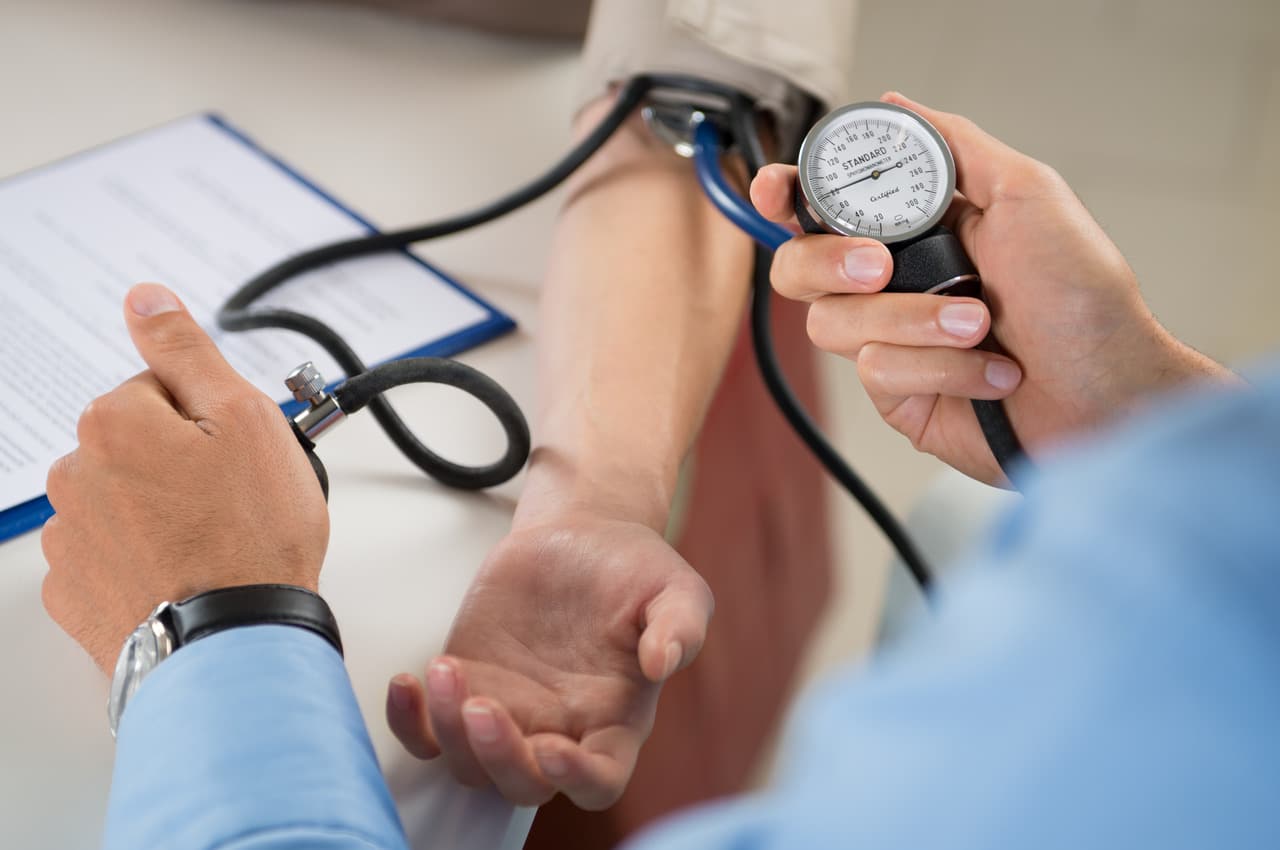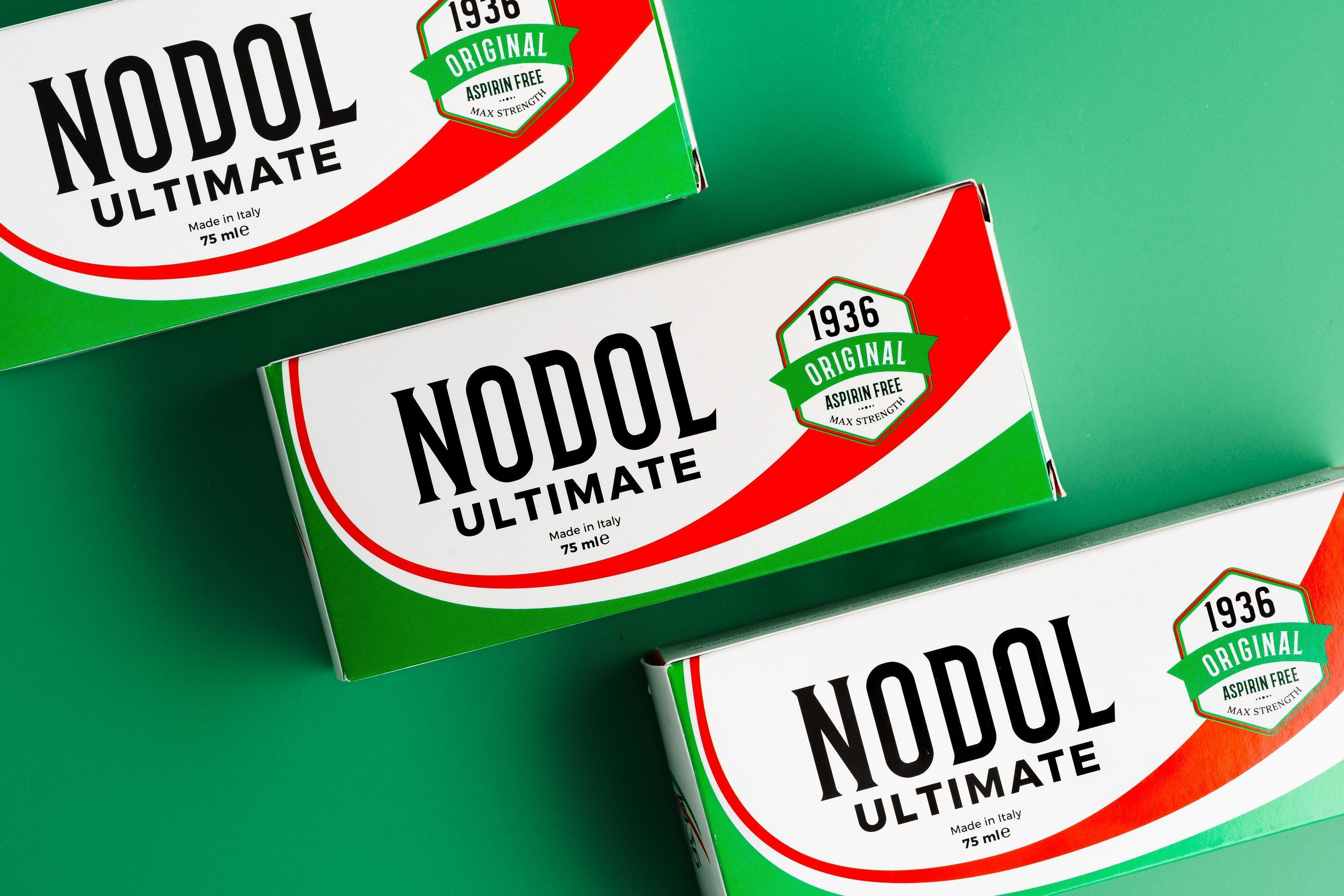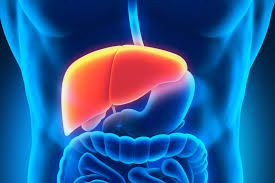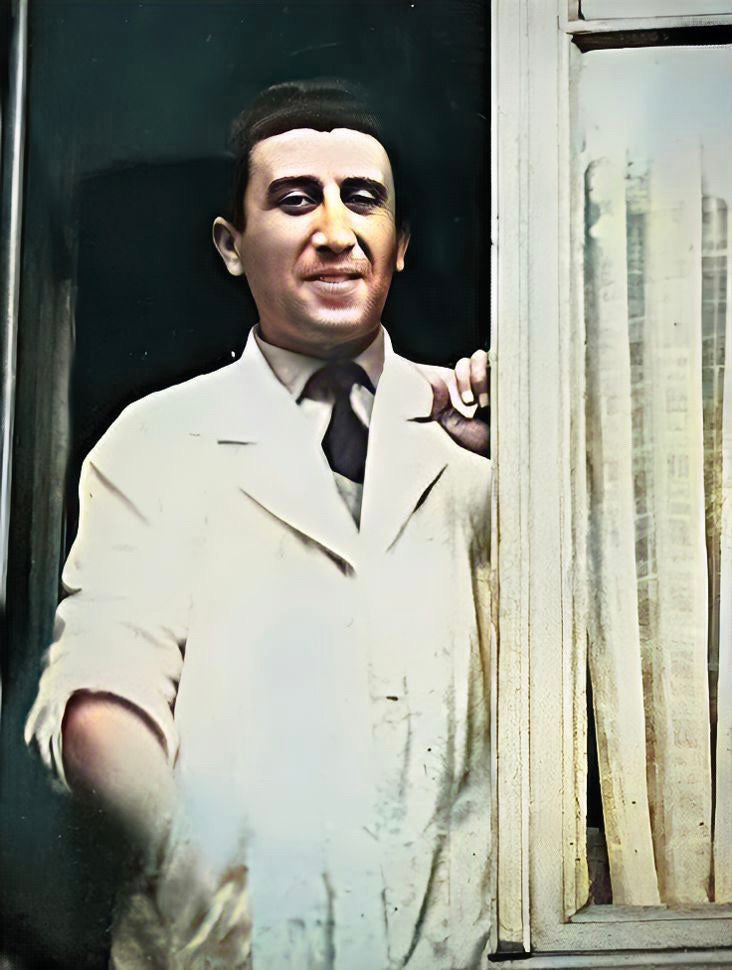Sports Injuries: The Ultimate Guide to Diagnosis and Treatment

Introduction
Sports injuries can significantly alter an athlete's performance and overall well-being. Whether you're dealing with a MCL sprain or are in the midst of treating tennis elbow using a tennis elbow massager, these injuries often involve damage to muscles, ligaments, tendons, or bones. Understanding the complexities behind sports injuries is essential for anyone involved in physical activities.
- Impact on Performance: Injuries not only sideline athletes from their sport but also affect their mental health and future prospects. The right diagnosis and treatment become critical.
- Key Takeaway: Mastering the diagnosis and treatment of sports injuries ensures a speedy recovery and safe return to activity. Tools like physiotherapy for tennis elbow play a crucial role in rehabilitation.
Knowing the steps to take when faced with a sports injury can make all the difference in recovery time and long-term health. This guide serves as your comprehensive resource for navigating these challenges effectively.
For instance, utilising a pain relief bundle could provide natural relief for various types of pain, including back, joint, and muscle pain. This bundle includes original pain cream and an aspirin-free formula that has been family-made in Italy since 1936.
If you're specifically suffering from back pain, you might want to explore our range of back pain relief products, designed to help relieve back, joint and muscle pain while reducing inflammation.
For those who cannot tolerate Aspirin, our Aspirin Free Pain Relief Cream could be an ideal solution. It's suitable for various kinds of pain including back pain, joint or muscle pain and arthritis.
Our products are crafted with 95% natural ingredients sourced from the EU, ensuring a safe and effective treatment option. Whether it's about relieving specific pain or managing a chronic condition like arthritis, we have a solution that fits your needs.
Types and Causes of Sports Injuries
Sports injuries can manifest in various forms, with some of the most common types including sprains, strains, fractures, and tendonitis.
1. Sprains
Sprains occur when ligaments, the tough bands connecting bones in a joint, are stretched or torn. This often happens in activities that involve jumping or sudden changes in direction, such as basketball or football.
2. Strains
Strains involve stretching or tearing of muscles or tendons. Sports that require explosive movements like sprinting or lifting heavy weights can lead to strains.
3. Fractures
Fractures are breaks in the bone, typically resulting from impact or trauma. Contact sports like rugby or activities with a risk of falling, such as cycling, often see higher incidences of fractures.
4. Tendonitis
Tendonitis is inflammation of a tendon, frequently seen in repetitive motion sports. Tennis players, for example, may experience tennis elbow pain relief challenges due to repetitive arm movements.
Specific sports activities can predispose athletes to certain injuries:
- Runners often deal with knee injuries from running, leading to persistent knee pain while running.
- Golfers might experience stress on their elbows similar to tennis elbow.
Understanding these injury types helps in the accurate diagnosis and effective treatment strategies essential for rapid recovery and prevention of future injuries.
Understanding the Severity Levels of Sports Injuries
Sports injuries can be classified into three main severity levels: mild, moderate, and severe. Each level presents its own set of challenges and implications for treatment and recovery time.
1. Mild Injuries
These often include minor strains or sprains where the damage is minimal. These injuries typically involve slight discomfort, such as mild Achilles tendon strain or tennis shoulder pain, requiring a short recovery period with basic treatments like rest and ice.
2. Moderate Injuries
These are characterised by partial tears or significant strains, such as a groin pull. These injuries may require more intensive treatments, possibly including physical therapy to restore function. Recovery time varies but generally extends over several weeks.
3. Severe Injuries
These involve complete tears or fractures, such as major knee injuries in sports or cycling injuries resulting in broken bones. Treatment can involve surgery followed by extensive rehabilitation. Recovery may take several months, significantly impacting an athlete's ability to return to their sport.
Recognising the severity level helps tailor appropriate treatment plans and manage expectations for recovery timelines effectively.
Recognising Common Sports Injuries: Symptoms and Diagnosis
Understanding the symptoms and diagnosis of sports injuries is crucial for effective treatment. Some common injuries include:
Tennis Elbow
Tennis elbow, or lateral epicondylitis, results from repetitive stress on the forearm muscles and tendons near the elbow joint. Common among racquet sport players, this injury causes pain and tenderness on the outer elbow. If you experience tennis elbow pain, it’s essential to consult a healthcare professional for appropriate tennis elbow therapies.
Concussion
A concussion is a mild traumatic brain injury often caused by a blow to the head during contact sports. Symptoms can range from headaches and dizziness to memory loss and confusion. Immediate medical attention is crucial in diagnosing and managing concussions to prevent long-term complications.
Golf Elbow
Similar to tennis elbow but affecting the inner side of the elbow, golf elbow arises from overuse of the wrist and forearm. This condition results in pain that radiates along the inner arm. Identifying early symptoms can help in initiating golf elbow-specific treatments promptly.
Pulled Hamstring
A pulled hamstring involves overstretching or tearing of hamstring muscles at the back of the thigh, common in activities requiring sudden starts or stops. Symptoms include sharp pain, swelling, and bruising. Early pulled hamstring treatment involves rest and possibly physical therapy to aid recovery.
Recognising these injuries early through accurate diagnosis can significantly influence recovery outcomes.
The Importance of Accurate Diagnosis in Sports Injury Management
Accurate diagnosis is crucial for effective management of sports injuries. Healthcare professionals use various methods to determine the nature and extent of an injury, starting with a physical examination. During this assessment, they look for signs such as pain, swelling, and limited movement in the affected area, which helps them identify the type and severity of the injury.
In some cases, more detailed information is needed to make an accurate diagnosis. That's where imaging tests come into play. These tests provide healthcare providers with a clearer picture of what's happening inside the body. Here are two commonly used imaging tools:
- X-rays: These are particularly useful for identifying fractures or dislocations.
- MRIs (Magnetic Resonance Imaging): MRIs offer detailed images of soft tissues like ligaments and tendons, which are essential for diagnosing conditions such as tendonitis or hip injuries caused by running.
It's important to note that certain injuries, such as foot or leg injuries, may require specific imaging techniques to pinpoint the exact damage.
By combining these diagnostic methods—physical examination and imaging tests—medical professionals can create a precise treatment plan tailored to each individual's needs. This level of accuracy not only speeds up the recovery process but also minimises the risk of complications down the line.
Treatment Approaches for Common Sports Injuries: From Tennis Elbow to Concussions
Addressing sports injuries promptly is essential. The RICE method is a well-established first-aid treatment for acute injuries like tennis elbow, golf elbow, or shin pain from running. Here's how it works:
- Rest: Avoid using the injured area to prevent further damage.
- Ice: Apply cold packs to reduce pain and minimise swelling.
- Compression: Wrap the area with an elastic bandage for support.
- Elevation: Keep the injured part raised above heart level.
Pain management plays a crucial role in addressing sports injuries. Over-the-counter medications such as ibuprofen or naproxen are commonly used to alleviate discomfort. For more severe conditions like knee pain from running or hip pain during activities, healthcare professionals might recommend anti-inflammatory drugs or physical therapy to manage symptoms and promote healing.
However, there are also natural pain relief solutions available that can be effective. For instance, products like the natural pain relief cream from 1936 Original can provide soothing relief for back, muscle, joint, and neck pain without the side effects associated with pharmaceutical options.
Specific treatments vary depending on the injury type. For instance, knee pain when climbing stairs may benefit from targeted exercises to strengthen surrounding muscles. Similarly, Achilles pain while running often requires stretching and strengthening routines tailored by a physiotherapist.
Understanding the right treatment approach not only aids recovery but also helps prevent recurrence, allowing athletes to safely return to their activities without lingering issues.
Rehabilitation: Key to a Successful Recovery from Sports Injuries
Rehabilitation is crucial for regaining strength, flexibility, and function after sports injuries. It involves specific treatments that target the injured area, promoting healing and preventing future problems.
Key Aspects of Rehabilitation:
- Restoration of Strength and Flexibility: A structured rehabilitation programme emphasises rebuilding muscle strength and enhancing joint flexibility. This ensures that the injured area returns to its pre-injury condition and is resilient against future strains.
- Functional Recovery: It's crucial not only to heal but also to restore functionality. Rehabilitation focuses on enabling the athlete to perform daily activities and specific sports movements without pain or limitations.
Common Physical Therapy Techniques:
- Manual Therapy: Techniques like stretching, joint mobilisation, and massage are employed to improve mobility and relieve pain.
- Therapeutic Exercises: These are tailored exercises designed to strengthen muscles, enhance balance, and improve range of motion.
- Modalities: Use of heat, cold therapy, ultrasound, or electrical stimulation to reduce pain and inflammation.
- Balance and Coordination Drills: Essential for athletes to regain proprioception—the body’s ability to sense movement within joints—which can prevent re-injury.
The integration of these techniques provides a comprehensive approach to recovery, ensuring athletes return safely to their sports activities with confidence.
Preventing Sports Injuries: Tips for Athletes and Active Individuals
Understanding how to prevent sports injuries is crucial for athletes and active individuals. Prioritising warm-up exercises can significantly reduce the risk of injuries by preparing the body for physical exertion. Engaging in dynamic stretches and light aerobic activities increases blood flow to muscles, enhancing flexibility and range of motion. This preparation helps mitigate the chances of strains and sprains during intense activities.
Using proper equipment is equally important in reducing injury risks. Ensuring that gear fits correctly and is suited to your specific sport or activity can prevent accidents. For example, wearing well-fitted helmets reduces head injuries in contact sports, while appropriate footwear provides support and prevents slips or falls. Inspecting equipment regularly for wear and tear ensures continued safety during use.
In addition to these strategies, maintaining overall physical health plays a vital role in injury prevention. Incorporating natural health practices into your routine can enhance your body's resilience and recovery. A consistent routine involving warm-up exercises coupled with the use of correct equipment forms a strong foundation for injury prevention. By adopting these practices, athletes not only enhance their performance but also enjoy a safer sporting experience.
Furthermore, using all-natural ingredients in your diet or skincare regime can contribute to better health outcomes. These ingredients can nourish and enhance your skin's natural health, which is particularly beneficial for active individuals who may be prone to skin issues due to rigorous physical activity. By prioritising natural health and wellness alongside traditional injury prevention strategies, athletes can achieve optimal performance while minimising the risk of injuries.
Conclusion
Understanding the complexities of sports injuries is crucial for athletes and active individuals. By prioritising injury prevention strategies, you not only protect your physical health but also improve your performance. Awareness is key here, helping you identify symptoms early on and seek proper medical advice.
When it comes to sports injuries: diagnosis, treatment, and steps to take, knowledge is power. Knowing about common injuries and how to manage them allows for a safer comeback to activity. Focusing on both prevention methods and effective recovery plans brings long-term health benefits.
Here are some ways to incorporate these insights into your routine:
- Prioritise Injury Prevention: Warm-up exercises and using the right equipment are essential.
- Understand Diagnosis and Treatment: Be aware of symptoms and consult healthcare professionals without delay. This might also involve looking into options for pain relief, such as natural alternatives to Aspirin, which can offer lasting comfort without the risk of negative reactions.
By taking proactive measures in managing sports injuries, you're setting yourself up for lasting athletic success and overall well-being.
FAQ's
What are the common types of sports injuries?
Common types of sports injuries include sprains, strains, fractures, and tendonitis. Sprains occur when ligaments are stretched or torn, while strains involve the stretching or tearing of muscles or tendons. Fractures refer to breaks in the bone, and tendonitis is characterised by inflammation of a tendon.
How are sports injuries classified by severity?
Sports injuries can be classified into three main severity levels: mild, moderate, and severe. Mild injuries typically include minor strains or sprains with minimal damage. Moderate injuries are characterised by partial tears or significant strains, while severe injuries involve complete tears or fractures, such as major knee injuries.
What symptoms should I look for in common sports injuries?
Common symptoms of sports injuries include pain, swelling, bruising, and reduced range of motion. Specific conditions like tennis elbow may present with pain on the outer elbow, while a concussion can manifest as headaches and confusion. Pulled hamstrings usually result in sharp pain at the back of the thigh.
Why is accurate diagnosis important in managing sports injuries?
Accurate diagnosis is crucial for effective management of sports injuries as it informs the appropriate treatment plan. Misdiagnosis can lead to improper treatment and prolonged recovery times. Understanding the specific injury allows for targeted rehabilitation strategies.
What are some common treatment approaches for sports injuries?
Common treatment approaches for sports injuries include the RICE method (Rest, Ice, Compression, Elevation) for initial care. Physical therapy techniques such as manual therapy and exercises aimed at restoring strength and flexibility are also essential components of treatment.
How can athletes prevent sports injuries?
Athletes can prevent sports injuries by engaging in proper warm-up routines, using appropriate equipment, maintaining good physical conditioning, and practising safe techniques during their sport. Additionally, being aware of one's limits and taking breaks when necessary can help reduce the risk of injury.












